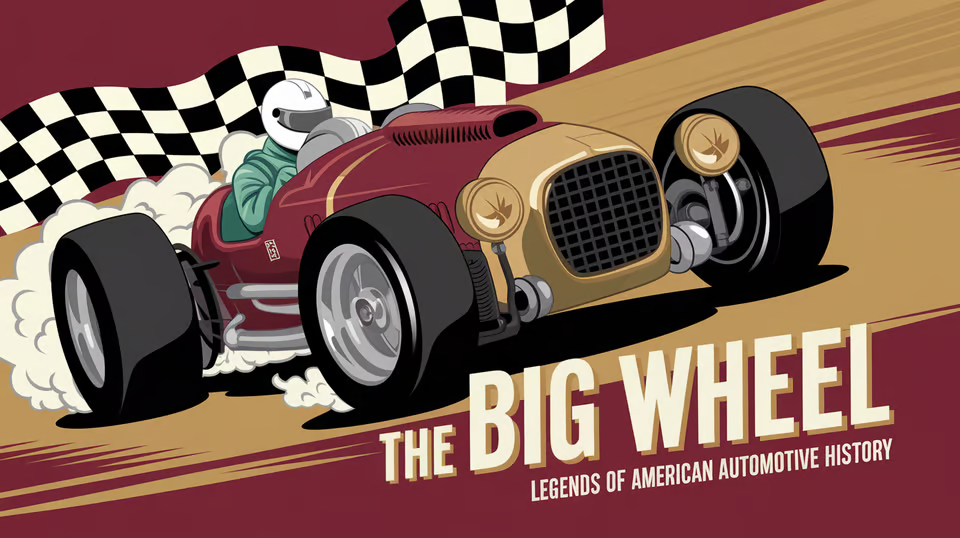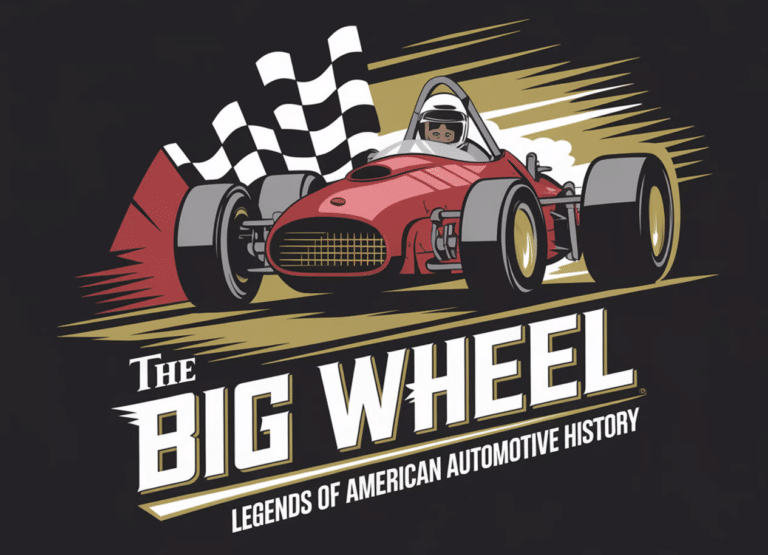History, Facts, and Legends of the Indianapolis 500
The Indianapolis 500, or just the Indy 500, stands among the most prestigious car races on the planet. Every year, the Indianapolis Motor Speedway in Speedway, Indiana, hosts this legendary event.
The Indy 500’s history stretches all the way back to 1911. Its thrilling, high-speed battles draw fans and racers from every corner of the globe.
Let’s take a closer look at the history, significance, and unforgettable moments that make this race so iconic.
The History of the Indianapolis 500
Contents
The first Indy 500 happened in 1911, making it one of the oldest car races still running. Carl G. Fisher, an ambitious entrepreneur, dreamed up the event and brought it to life.
Ray Harroun won that inaugural race, piloting his Marmon Wasp to the finish line. The race has changed a lot since then, but its heart stays the same—a real test of speed, guts, and endurance.
Early Years and Innovations
Back in those early years, the Indy 500 became a playground for car innovation. For example, Ray Harroun used the first rearview mirror in the 1911 race—pretty clever, right?
As time rolled on, the cars only got faster and more advanced, with engineers and designers always trying to outdo themselves.
Post-War Era and Growth
After World War II, the Indy 500 exploded in popularity. It became a staple in American culture, drawing huge crowds and getting plenty of attention from the media.
The 1950s and 1960s brought us legendary drivers like A.J. Foyt, Mario Andretti, and Al Unser. These guys became household names, and for good reason.
The Significance of the Indianapolis 500
The Indy 500 isn’t just a race—it’s a cultural event that captures the spirit of competition and innovation. People often call it The Greatest Spectacle in Racing, and honestly, that’s not much of an exaggeration.
- Historical Importance: With a history spanning more than a century, the race is a huge part of both automotive and sports history.
- Technological Advancements: The Indy 500 has sparked plenty of breakthroughs in car technology over the years.
- Global Appeal: Racers and fans come from all over the world, which says a lot about its universal draw.
- Economic Impact: The event brings in a lot of money and helps out local businesses and the wider economy.
Memorable Moments
The Indy 500 has delivered so many unforgettable moments. Dramatic finishes and wild comebacks are almost expected at this point.
These moments help build the race’s legendary reputation, year after year.
Iconic Drivers
Some of the greatest drivers in motorsport have competed at the Indy 500. A.J. Foyt and Rick Mears each won it four times—pretty incredible achievements.
Their legacies still inspire new drivers to chase glory at the Brickyard.
The Modern Era of the Indianapolis 500
These days, the Indy 500 keeps evolving. It embraces new tech and trends but still holds onto its traditions.
Today’s cars are faster and safer than ever, with cutting-edge advancements in aerodynamics, materials, and engines pushing the boundaries.
Technological Advancements
Modern Indy 500 cars come packed with advanced telemetry and safety features. These upgrades boost both performance and driver safety.
Hybrid engines and alternative fuels are starting to show up, hinting at a more sustainable future for racing.
Global Reach
The Indy 500 draws a worldwide audience, with fans tuning in from just about everywhere. Broadcasts reach dozens of countries, and international drivers regularly join the field.
That global flavor only adds to the event’s appeal and helps keep its status as one of motorsport’s true crown jewels.
Conclusion
The Indianapolis 500 stands out as a race like no other. It brings together history, innovation, and a level of excitement that’s hard to match.
Somehow, it keeps evolving while holding onto its roots. That’s a tricky balance, but it’s part of what makes it special.
If you’re curious about the backstory or want to dig deeper into what makes this race so iconic, check out Britannica’s Indianapolis 500 page.

